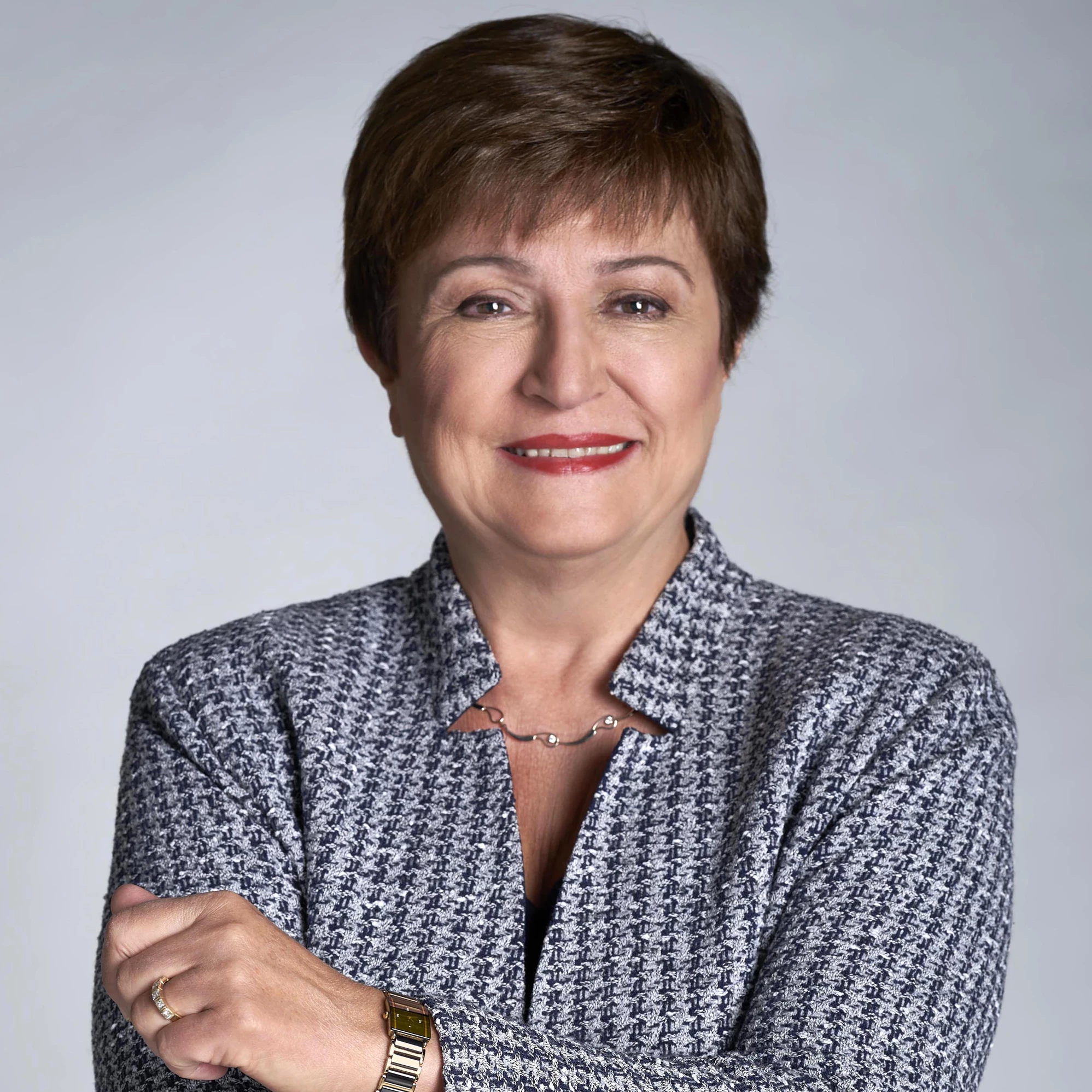I was in Vietnam last month and I was so impressed by the tremendous progress the country has made compared to what I had seen 17 years earlier.
In 2000, the Nhieu Loc–Thi Nghe canal in Ho Chi Minh City’s central business district was so polluted that it posed a health risk to everyone living and working there. How times have changed. The canal’s water is now clear, contributing to a greener and healthier urban living for 1.2 million people in the rapidly expanding metropolis.
The changing face of the canal – though technically complex – is a symbol of Vietnam’s economic rise. About 40 million Vietnamese have been lifted out of poverty in the last 30 years, as Vietnam transformed from a largely closed, centrally-planned economy to a dynamic, market-oriented one, fully integrated with the global economy.
Ninety-eight percent of the country’s population today has access to electricity. Student enrolment in primary schools is close to 100 percent. And Vietnamese students score higher in the Program for International Student Assessment than many countries in the Organization for Economic Cooperation and Development.

Despite these notable achievements, development challenges persist. Vietnam is highly vulnerable to climate change, productivity growth has stagnated, and the country’s service delivery is pressured by an aging population and a growing urban middle class. Poverty gains might also be reversed if the country is hit by economic shocks or a health crisis.
The canal project, which was completed in 2012, shows how Vietnam can use resources more efficiently to improve the living conditions of urban residents. It also shows us the importance of ensuring that the bottom 40 percent of the population benefit from rapid and sustainable growth.
Ho Chi Minh City has undertaken similar projects to upgrade river basins. It is also part of the city’s program to promote green growth for all, including through land use, transport planning, and improving urban water services in low-income neighbourhoods.
Our program in Vietnam also addresses Vietnam’s energy demand, which is expected to rise by 10 percent a year. We are working with the government and private sector to reduce the carbon footprint of future development by supporting renewable energy and improving energy efficiency.
I had the chance to visit the Trung Son Hydropower plant, a World Bank-financed project, which is contributing to low-cost, low-emission power generation, and increased resilience for floods management as well as to the social and environmental programs that benefit communities around the project site.

Further private sector engagement and investment will be key to leveraging public resources, expanding basic services for the poor, and building the infrastructure needed to support growth and create jobs. This will require a more enabling business environment and addressing market and regulatory constraints that limit private sector participation and development.
Vietnam aspires to be in the higher reaches of upper-middle-income status by 2035. The World Bank remains engaged to support its transition toward a modern, more equitable and sustainable economy.
My meetings with Vietnam’s leaders confirmed their strong commitment to an ambitious, sustainable, and inclusive development path that will modernize the economy, build technological and innovative capacity, and reap the benefits from urbanisation, while strengthening governance.
How well Vietnam is going to tackle the huge threat of climate change and the tough reforms ahead will matter to the country tremendously. We stand ready to support just as we did for the transformational Nhieu Loc–Thi Nghe canal project.


Join the Conversation